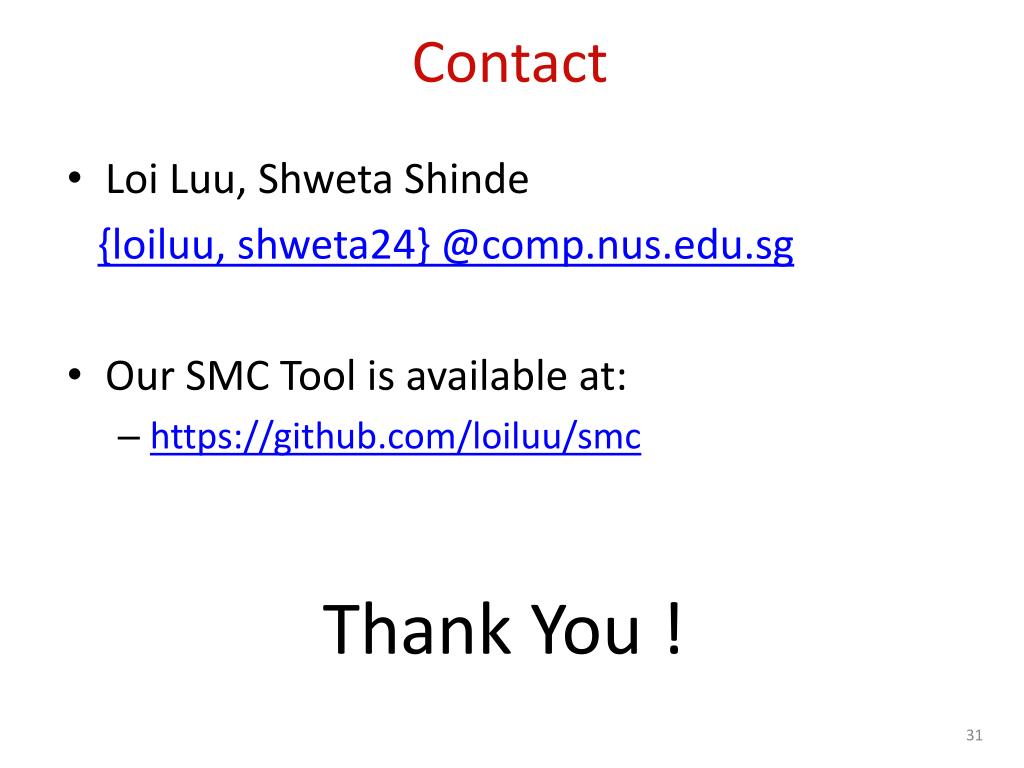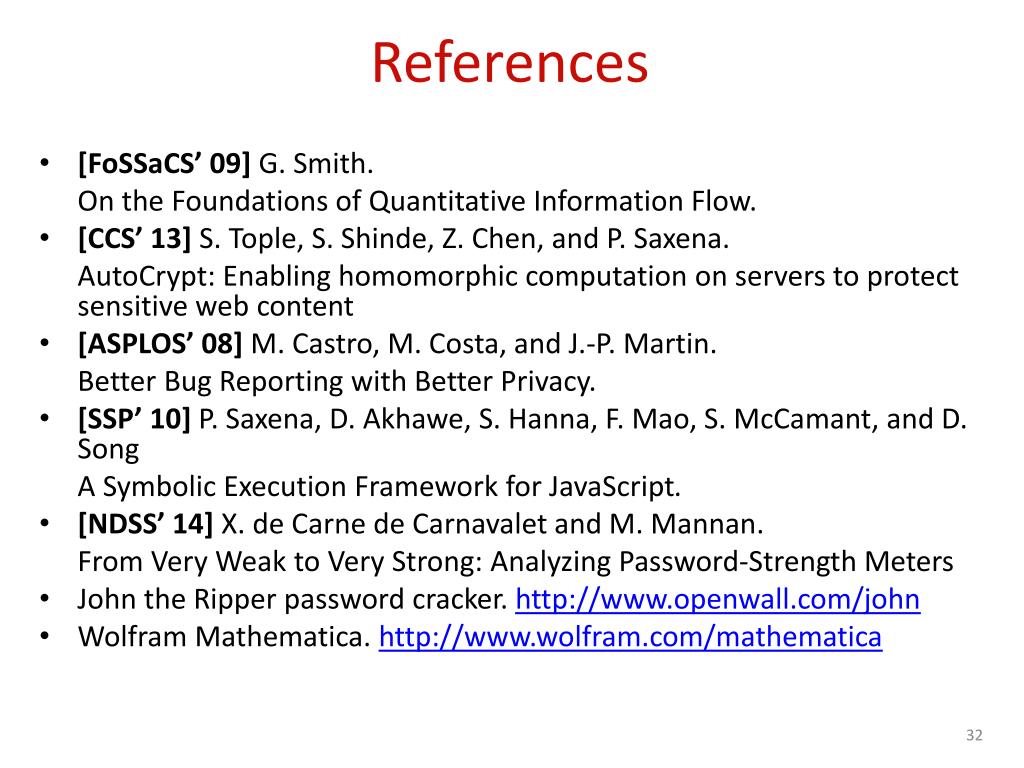
Awards ĬrypTool has received several international awards as an educational program, such as the TeleTrusT Special Award 2004, EISA 2004, IT Security Award NRW 2004, and Selected Landmark in the Land of Ideas 2008 award. One of its focal points are modern digital signatures (like Merkle trees and SPHINCS). Currently, JCT contains more than 100 crypto functions. Runs on Windows, macOS, and Linux, and offers both a document-centric and a function-centric perspective.

#Autocrypt hommorphic windows#
ĬrypTool 1 (CT1) is written in C++ and designed for the Microsoft Windows operating system. The goal of the CrypTool project is to make users aware of how cryptography can help against network security threats and to explain the underlying concepts of cryptology. All others, JCrypTool (JCT) and CrypTool-Online (CTO), are available only in English and German. CrypTool 2 (CT2) is available in 3 languages (English, German, Russian).
#Autocrypt hommorphic software#
Ĭurrently 4 versions of CrypTool are maintained and developed: The CrypTool 1 (CT1) software is available in 6 languages (English, German, Polish, Spanish, Serbian, and French). Contributions as software plugins came from universities or schools in the following towns: Belgrad, Berlin, Bochum, Brisbane, Darmstadt, Dubai, Duisburg-Essen, Eindhoven, Hagenberg, Jena, Kassel, Klagenfurth, Koblenz, London, Madrid, Mannheim, San Jose, Siegen, Utrecht, Warsaw. More than sixty people worldwide contribute regularly to the project. Originally developed by German companies and universities, it is an open-source project since 2001.

The development of CrypTool started in 1998. In addition it contains: didactical games (like Number Shark, Divider Game, or Zudo-Ku) and interactive tutorials about primes, elementary number theory, and lattice-based cryptography.ĭevelopment, history and roadmap

Other methods (for instance Huffman code, AES, Keccak, MSS) are visualized. In addition to the algorithms, solvers (analyzers) are included, especially for classical ciphers. Methods from the area of quantum cryptography (like BB84 key exchange protocol) and the area of post-quantum cryptography (like McEliece, WOTS, Merkle-Signature-Scheme, XMSS, XMSS_MT, and SPHINCS) are implemented. They contain most classical ciphers, as well as modern symmetric and asymmetric cryptography including RSA, ECC, digital signatures, hybrid encryption, homomorphic encryption, and Diffie–Hellman key exchange.

To introduce users to the field of cryptography, the organization created multiple graphical interface software containing an online documentation, analytic tools and algorithms. Users can adjust these with own parameters. ĬrypTool implements more than 400 algorithms.
#Autocrypt hommorphic free#
That is a free e-learning software for illustrating cryptographic and cryptanalytic concepts.Īccording to "Hakin9", CrypTool is worldwide the most widespread e-learning software in the field of cryptology. Cryptography, Encryption, Privacy, E-Learning


 0 kommentar(er)
0 kommentar(er)
